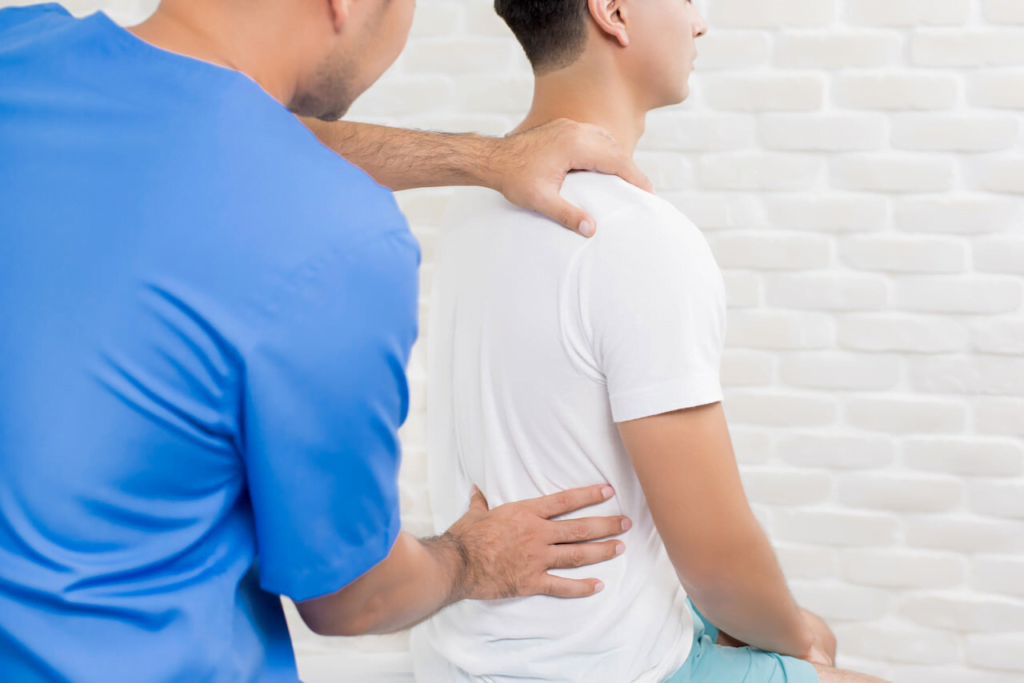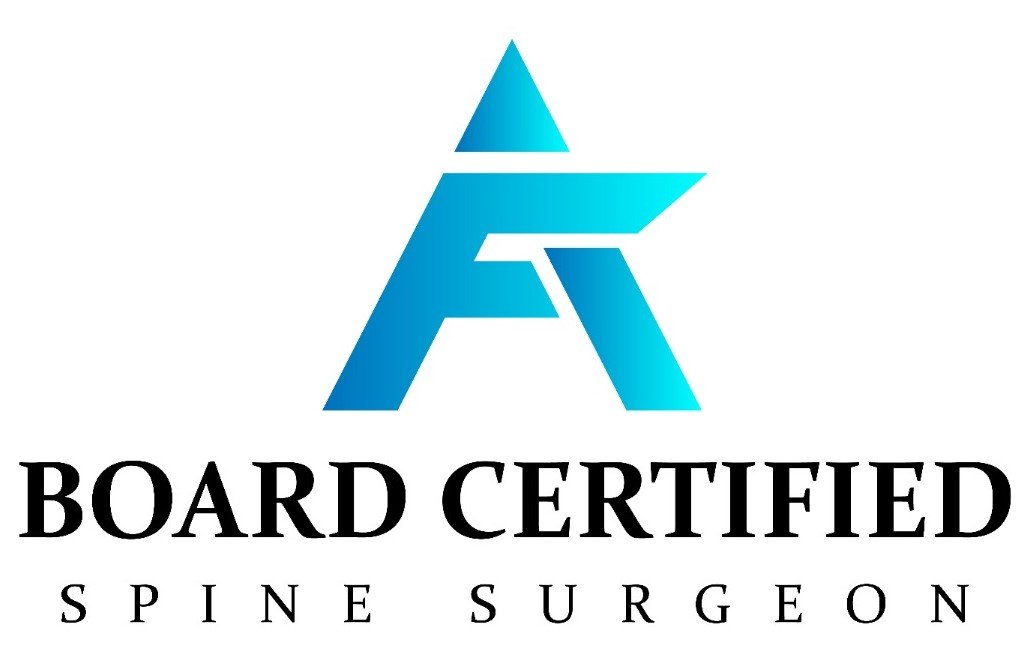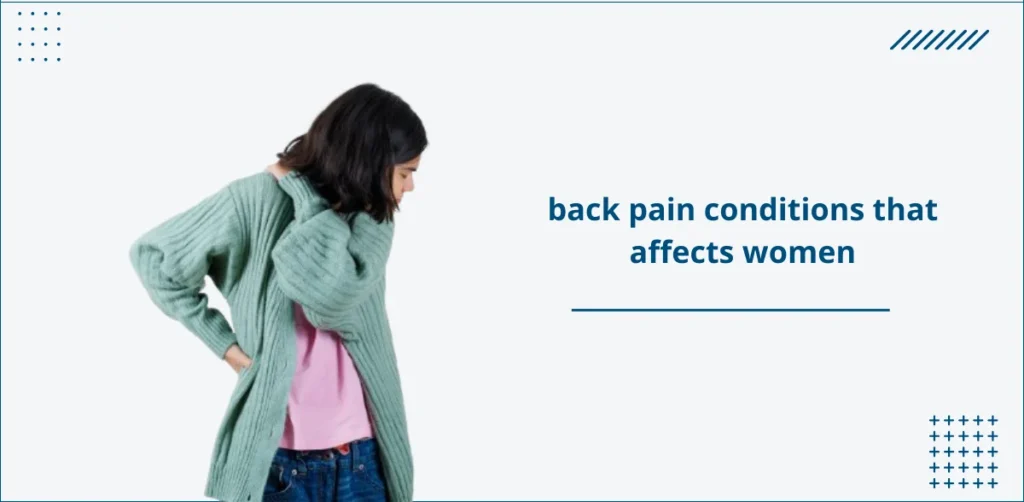1. Spinal osteoarthritis
Spinal osteoarthritis refers to the wear and tear arthritis of the facet joints (joints that connect your vertebrae). It is more common in old women and the risk of developing this increases with obesity. Symptoms of spinal osteoarthritis include:
- Pain in the lower back, buttocks, and thighs
- Stiffness in the back, typically on waking up and at the end of the day
- Occasional flares of severe pain
2.Piriformis syndrome
Piriformis syndrome occurs when the piriformis muscle involuntarily contracts and causes compression of the sciatic nerve. This painful musculoskeletal condition is characterized by a shooting pain that starts in the hips and radiates into the lower leg. Its other symptoms are:
- Tingling sensation in buttocks
- Inability to prolonged sitting
- Pain when trying to get out of bed
3. Endometriosis
Endometriosis is a gynecological disorder that causes the growth of uterine tissue outside the womb. Back pain due to endometriosis resembles a sharp and stabbing pain and affects some women quite severely. Other symptoms include:
- Back pain worsened during the menstrual cycle
- Pain in the lower abdomen
4. Premenstrual syndrome (PMS)
Premenstrual syndrome (PMS) occurs before menstruation and causes back pain in a significant proportion of women. During PMS, there is a decline in the levels of estrogen and progesterone hormones. Its symptoms present themselves five to six days before periods as lower back pain, back muscle pain, mood swings, fatigue, abdominal pain, etc.
5. Painful menstruation
Dysmenorrhea is the term for painful menstruation. It predisposes women to frequent and harsh cramping, which causes severe pain in the back, abdomen, leg and hips for 2-3 days. Dysmenorrhea is typically classified into two types, primary and secondary, and low back pain is a common symptom of both types.
Primary Dysmenorrhea
It starts when a woman gets her period for the first time and remains throughout her life. It occurs due to uterine contractions and causes severe menstrual cramping.
Secondary Dysmenorrhea
It usually starts later in a woman’s life and is often triggered by a medical condition such as endometriosis or pelvic infection.
Dysmenorrhea may cause lower back pain symptoms.

6.Coccydynia (tailbone pain)
Coccydynia refers to pain in the coccyx (end of the spine). It is mostly due to trauma, falls or vaginal childbirth. Tailbone pain is five times more common in women because of the difference in shape and angle of their pelvis. It causes pain in the back, mostly when sitting down, leaning backward, or standing up from a seated posture.
7. Sacroiliac joint dysfunction
Sacroiliac joint function is characterized by an inflammation in your sacroiliac joints- the joint between the pelvis and the lower spine. This condition often leads to pain in one side of the back and worsens when standing or climbing the stairs. Other symptoms include:
- Pain in the buttocks that radiates down to the hips and thighs
- Inflammation in the pelvis
- Pain that doesn’t extend above the waist
Dr Sherief Elsayed is a renowned spine surgeon in Dubai. If you would like an assessment of what may be causing your back pain, book an appointment to see Dr Sherief today.

Preventive Measures and Lifestyle Modifications
While some back pain conditions are unavoidable, there are several strategies women can adopt to reduce their risk and manage existing pain:
- Maintain a Healthy Weight: Excess weight can strain the back. Maintaining a healthy weight through a balanced diet and regular exercise can help.
- Exercise Regularly: Strengthening core muscles can support the spine and prevent back pain. Activities like yoga, Pilates, and swimming are particularly beneficial.
- Practice Good Posture: Proper posture when sitting, standing, and lifting can prevent back strain. Ergonomic furniture and supportive footwear can also help.
- Stay Active During Pregnancy: Prenatal exercises and proper body mechanics during pregnancy can minimize back pain. Consult with a healthcare provider for appropriate exercises.
- Bone Health: Ensure adequate intake of calcium and vitamin D, and engage in weight-bearing exercises to maintain bone density, especially post-menopause.
- Regular Check-ups: Regular visits to a healthcare provider can help monitor and manage conditions that may contribute to back pain.
Conclusion
Back pain is a multifaceted issue that can significantly impact the quality of life for women. Understanding the specific conditions that affect women and adopting preventive and management strategies can help mitigate back pain. By seeking early diagnosis and appropriate treatment, women can improve their overall well-being and maintain an active, healthy lifestyle. As medical research and treatments continue to evolve, there is hope for more effective solutions to manage and prevent back pain in women.




I likewise conceive so , perfectly written post!
Heya this is kinda of off topic but I was wondering if blogs use WYSIWYGeditors
or if you have to manually code with HTML. I’m starting a blog soon but have nno coding
experience soo I wanted to get advice from someone with experience.
Any help would be enorrmously appreciated!